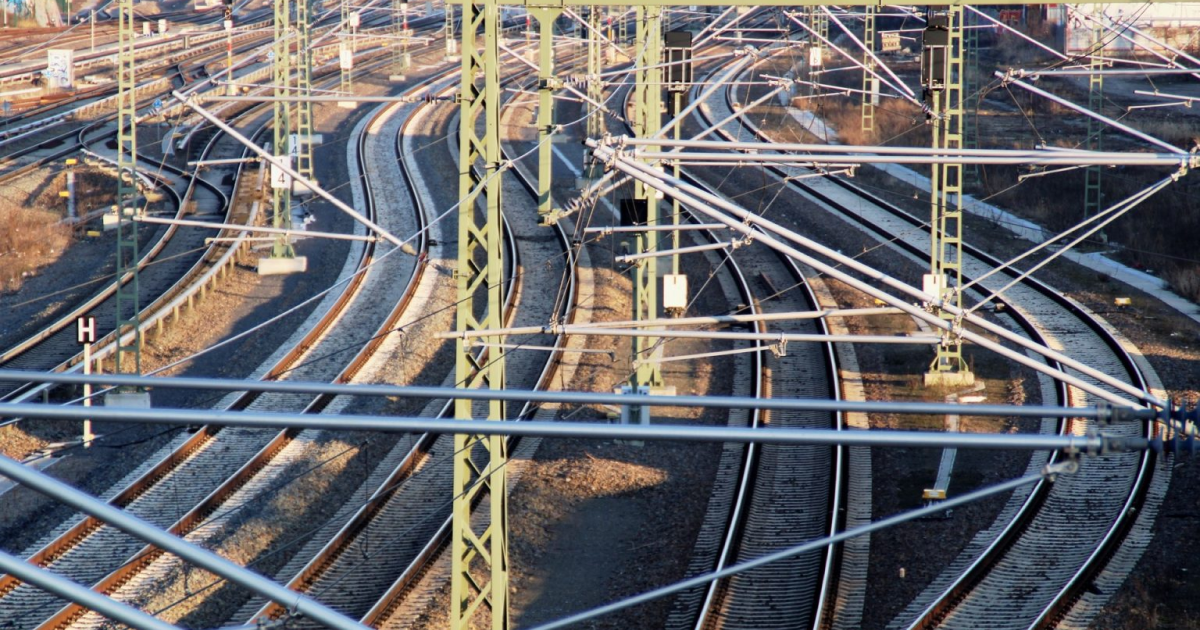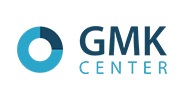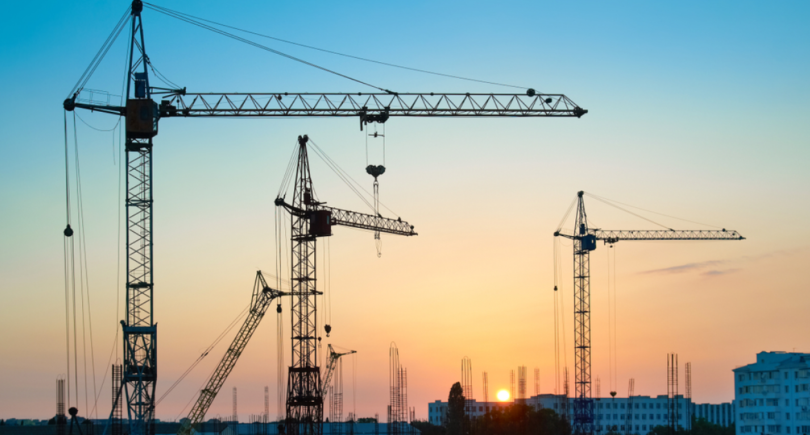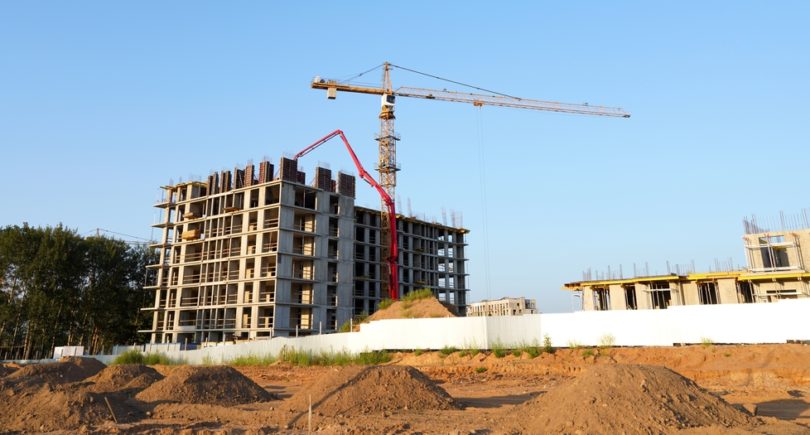
Posts Infrastructure Ukrzaliznytsia 3600 17 December 2024
An increase in transportation costs by UAH 8-10 billion for iron & steel industry could lead to a reduction in production or even the suspension of operations of some companies
After the idea of increasing the price of rail freight transportation through the unification of tariff classes failed, Ukrainian Railways returned to the idea of indexing tariffs. The expected result is UAH 26 billion of increased costs for shippers. Additional revenue should be used to cover the increased costs of the state carrier. These changes have not yet been approved, but may be adopted by the end of this year.
The increased financial burden on businesses could lead to higher production costs, reduced competitiveness in global markets, and worse, a reduction in production or even the suspension of operations. Already, many industrial enterprises are operating at a loss or on the verge of profitability due to rising energy and logistics costs.
Ukrainian Railways’ tariff proposal
Ukrainian Railways proposes to the Ministry of Regional Development to index freight transportation tariffs by 37%. As a result, UZ plans to receive an additional UAH 26 billion in revenues from business. The previous increase took place at the end of June 2022. Then tariffs were raised even more – the cost of transportation of coal, ore and limestone increased by 140%, grain by 96%, and steel – by 70%.
The indexation is the second attempt by Ukrainian Railways to increase freight tariffs in one form or another this year. In August-September, Ukrainian Railways attempted to increase tariffs by unifying tariff classes, but then Ukrainian business united in opposing this idea. However, next year UZ will try to return to the idea of unification again.
It is necessary to mention the communication aspect. By and large, UZ tries to raise tariffs through indexation even without any discussion or consideration of the shippers’ position. This shows how the government and state-owned companies treat taxpayers and customers. According to some reports, the former head of UZ, Yevhen Lyashchenko, lost his position in part because he was unable to properly justify to shippers the need to unify tariff classes.
Ukrainian Railwayss arguments
The main argument of Ukrainian Railways for the need to increase tariffs is a sharp increase in costs since the last indexation, which was 2.5 years ago. During this period, the producer price index for industrial products increased by 176.4%. This led to a 2.5-fold increase in other operating expenses of UZ in 9 months of 2024, from UAH 2.6 billion to UAH 6.6 billion. At the same time, the price of services of the state-owned company in January-September this year increased by only 20.7%, from UAH 58 billion to UAH 70 billion.
The prices of Ukrainian industrial producers products have risen in the wartime as all types of costs have increased significantly. According to the State Statistics Service, the dynamics of industrial producer prices in Ukraine was as follows: 47.3% – in 2022, 24.2% – in 2023, and 18.4% in January-October 2024. Moreover, after 2022-2023, the growth of industrial producer prices began to slow down: in 2025, it is expected to be 11.1% (December to December last year).
However, this motivation is absurd as the increase in tariffs by state monopolies and Ukrainian Railways is driving up industrial prices – logistics costs are rising and businesses are raising product prices to cover them.
“Relying only on the rise in producer prices seems somewhat incorrect. According to this logic, for example, when producer prices fell by 7.4% in 2020, Ukrainian Railways had to reduce freight tariffs accordingly. However, over the years, UZ has never revised its tariffs downward, regardless of economic situation,” says Aurum Group owner Aliona Lebedieva.
According to her, the approach proposed by UZ uses the so-called “chain index” (comparison with the previous period), which is suitable for comparing physical volumes (for example, freight volumes), but not prices.
Another argument is the lack of funds for the repair of rolling stock and infrastructure. By the end of 2024, Ukrainian Railways plans to repair 1,200 km of tracks with various types of repairs. This is really on the verge of the required minimum.
However, UZ’s tariff increases are almost always motivated by the need to increase infrastructure investment, but at best, the company ends up fulfilling its investment plan by 50-60%. Moreover, in the first half of this year, capital investments amounted to only UAH 4.5 billion, or 12% of the annual plan, which is UAH 38 billion. The situation was similar in 2023, when only UAH 19.6 billion of the planned UAH 50 billion of capital investments were utilized. So this argument is equally untenable.
An additional motive of Ukrainian Railways is to maintain profitable operations. However, UZ makes a profit even without indexation of tariffs. In the first three quarters of 2024, net profit amounted to UAH 1.66 billion. Not many companies in Ukraine can boast of profitable operations today.
However, UZ management expects a loss for the year, especially since the state-owned company’s financial plan for 2024 envisages a loss of UAH 12.6 billion. Last year, the net profit of the state-owned company was UAH 5 billion, although the financial plan for 2023 included a loss of UAH 20.2 billion. The question remains why a state-owned company should be guaranteed to receive excessive profits when the business is operating in the red and on the verge of survival.
Impact of tariff increases on iron & steel industry
Another increase in tariffs will lead to a reduction in production and exports by iron and steel companies. Earlier, ArcelorMittal Kryvyi Rih announced a decline in production due to rising electricity prices and unfavorable market conditions. Now, the negative factors may be compounded by an increase in rail freight tariffs.
“Under the worst-case scenario, the increase in railway tariffs could lead to a halt in production at some companies and a sharp deterioration in the financial position of the industry’s enterprises, which are already operating at a loss,” said Oleksandr Kalenkov, President of Ukrmetalurgprom.
According to UZ estimates, the logistics component of the cost of cargo will increase by about 2.7% for iron ore and up to 1% – for coal and ferrous metals. However, the industry expects a much more significant absolute effect. According to ArcelorMittal Kryvyi Rih’s estimates, the company’s additional logistics costs will amount to more than UAH 1.4 billion a year, which will reduce the competitiveness of products along the chain and could lead to a complete shutdown of production, which employs about 20,000 people, and a loss of foreign exchange earnings to Ukraine of $800+ million a year.
“Before the war, iron and steel products accounted for about 40% of cargo transportation. Now this percentage has decreased, but it still remains significant. If UZ plans to collect UAH 26 billion from shippers as a result of tariff indexation, the share of iron and steel will be around UAH 8-10 billion,” adds Kalenkov.
The increase in railroad tariffs will have a particularly negative impact on energy-intensive ferroalloy enterprises, as it will exacerbate the impact of high electricity prices and other existing problems. In particular, Zaporizhzhya Ferroalloy Plant has been subjected to investigations and seizure of finished products, which significantly limits the company’s capacity.
For his part, Nikopol Ferroalloy Plant (NFP) faces the problem of high rail delivery costs, according to UkrFA Executive Director Sergiy Kudryavtsev. Previously, Marganets Mining directly supplied ore to NFP via an 8-kilometer branch line, which cost about UAH 20 per ton. As a result of the hostilities and the proximity of the front line, the ore is now shipped via Dnipro and Kryvyi Rih at a rate of UAH 470 per tonne. As a result, the company’s logistics costs have risen sharply to UAH 120 million a year.
Business proposals against tariff indexation
The key complaints of the business are that Ukrainian Railways, taking advantage of its monopoly position, increases tariffs instead of increasing internal efficiency and improving the quality of cargo transportation. Ideally, the state-owned company should conduct an audit of price increases and look for reserves to reduce its own operating expenses. And the need for investment should be covered by financial assistance and loans.
“Instead of raising tariffs, Ukrainian Railways should focus on more efficient cost management, improving management efficiency and attracting investments in infrastructure. The long-term solution to the problem is to demonopolize Ukrainian Railways, unbundle competitive services (such as traction) and unbundle infrastructure services with tariff regulation by the National Commission for Regulation of Transport and Communications (NCRTC),” emphasizes Ksenia Orynchak, Executive Director of the National Association of Extractive Industries of Ukraine.
The tariff increase may lead to UZ losing part of its cargo base, which has been formed over the years, and not receiving the expected additional funds. In 2025, the state-owned company expects a 5.2% decline in freight traffic to 165 million tons, against a 19.4% increase in traffic to 160.9 million tons in January-November 2024.
“The loss of a significant share of the industry will affect the work of the state monopolist itself. Ukrainian Railways’ only source of revenue is shippers, who will at best reduce freight volumes due to excessive tariff burden, and at worst face the threat of bankruptcy with all the negative consequences not only for the industry but also for the economy and national security of Ukraine,” ArcelorMittal Kryvyi Rih said.
A simple increase in tariffs will not solve the problems of Ukrainian Railways that have accumulated over the years: elevated prices during procurement, inefficient infrastructure that generates only losses, and cross-subsidization of unprofitable passenger transportation. However, no one at UZ is trying to solve these problems: Ukrainian Railways has no plans to raise tariffs for domestic passenger transportation in 2025.
“It will be possible to talk about the economic feasibility of freight tariffs when they exclude the costs of subsidizing passenger transportation and the operation of inactive stations. The state, not shippers, should compensate for the costs of passenger transportation. Also, the activities of inactive stations, the costs of which amount to UAH 6-8 billion per year go to the “common pot”, should not be paid by shippers who do not use this infrastructure at all,” adds Kalenkov.
In particular, the business believes that Ukrainian Railways could reduce tariffs by 15-20% without losing profitability. This could be achieved, in particular, by stimulating the expansion of the cargo base. According to Serhiy Vovk, director of the Center for Transportation Strategies, an example is the growth in freight traffic after a 30% discount was applied to grain shipments from frontline stations.
Prospects for the decision
The decision on indexation is included in UZ’s financial plan for 2025, which is yet to be approved by the Cabinet of Ministers (this may happen by the end of 2024). Ukrainian Railways expects the new tariffs to take effect on February 1, 2025. If this decision is approved, together with a likely return to convergence of tariff classes, it could lead to an increase in shippers’ costs by about UAH 30 billion in 2025.
The impact of the decision to increase railroad tariffs in any form will be negative for the Ukrainian economy. The entire Ukrainian business is already extremely exhausted from working in the war. A new increase in costs threatens to raise production costs, reduce competitiveness in global market, cut production, reduce investment and social support for local communities. Ultimately, this could have a negative impact on the country’s economic security and defense capabilities.
“The idea of another increase in Ukrainian Railways’ tariffs during the war will definitely raise the question of Metinvest’s ability to continue to maintain the current level of capacity utilization. It should be understood that to produce one ton of steel, about 3 tons of raw materials must be brought to the plant, traditionally by rail. Therefore, the total cost increase due to a possible increase in tariffs by the carrier, in addition to the “low” export steel market in Europe and the world, will call into question the competitiveness of the Ukrainian steel industry and its ability to generate export revenues for Ukraine,” the Metinvest Group’s press service emphasizes.
Companies already operating at a loss or are on the verge of profitability and/or having no other means of transportation except railways will be particularly affected. For example, ArcelorMittal Kryvyi Rih has been making losses for the past three years because of the war.
Even now, rising logistics and energy costs are forcing many Ukrainian companies to cut production or even stop exporting, but this trend could become widespread after rail tariffs rise.
Therefore, in the current environment, it is important for the government, Ukrainian Railways and business to have a dialogue to take into account not only the growth of the state carrier’s costs, but also the situation in the country’s economy and the capabilities of Ukrainian shippers.
“In the current environment, tariff increases by state monopolies are unacceptable. Together, the government and business should look for ways and means to optimize our work to save production enterprises and the Ukrainian economy as a whole. We need people to have jobs, the state to receive taxes and revenue from exports, and the railways to receive cargo through the work of Ukrainian businesses,” Metinvest summarizes.





